Engaging Youth in Biodiversity Projects
Chosen theme: Engaging Youth in Biodiversity Projects. Welcome to a space where curiosity meets conservation, and young voices lead the way. Explore ideas, stories, and practical tools that help teens and kids protect habitats, restore ecosystems, and inspire communities to care for life on Earth.

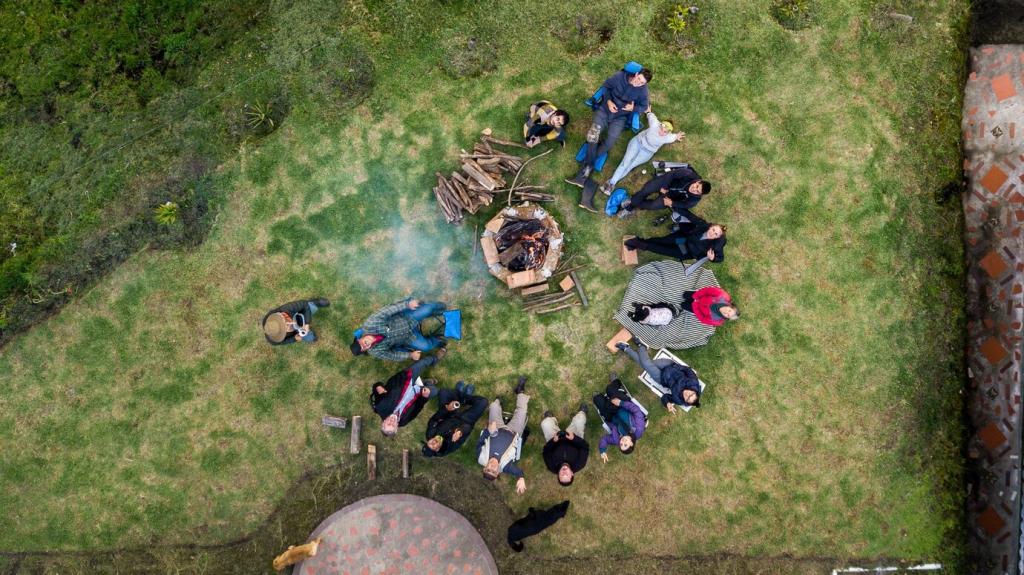
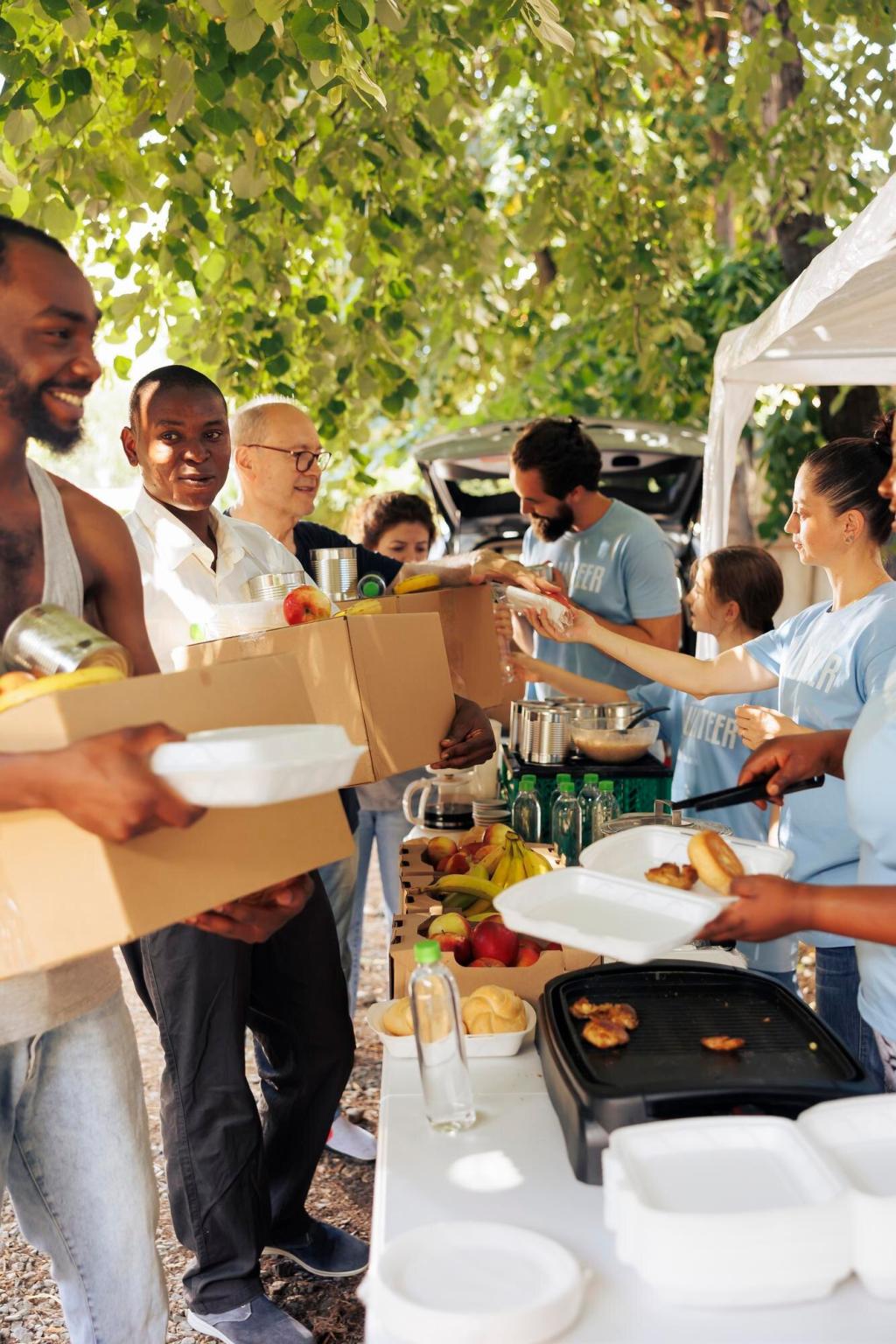
Why Youth Matter for Biodiversity
When youth engage early in hands-on biodiversity projects, they build lifelong habits around observation, stewardship, and advocacy. These experiences ripple through families and communities, turning weekend activities into culture shifts. Tell us how your household’s habits changed after a student-led nature project.
Why Youth Matter for Biodiversity
Outdoor, place-based learning helps young people connect names, sounds, and stories to living species. Instead of abstract lessons, they encounter lichens on bark, pollinators at eye level, and soil life under fingertips. Share your favorite field moment, and subscribe for monthly activity prompts.

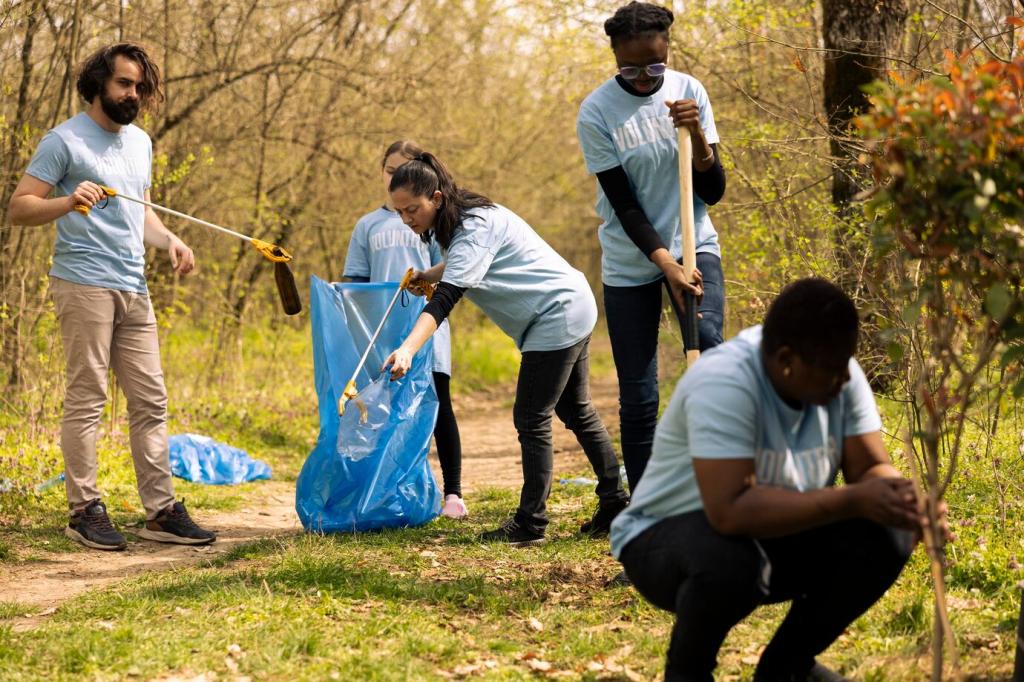

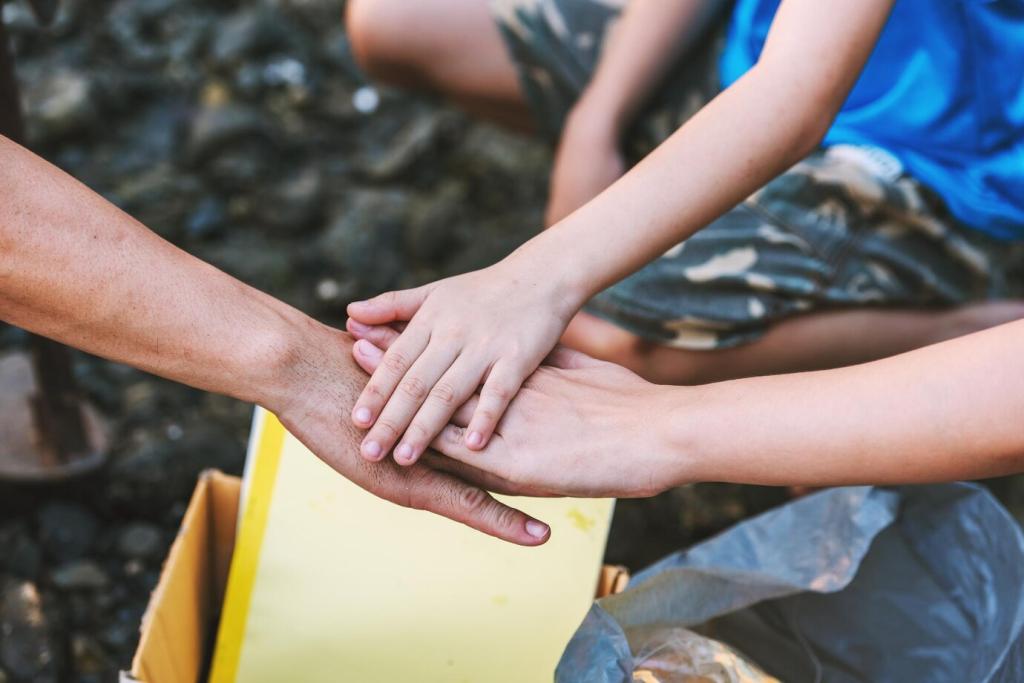
Story: The Creek That Came Back
Listening to Place
Students interviewed long-time neighbors who remembered trout decades ago. With notebooks and curiosity, they mapped litter hotspots and shaded banks. The creek’s past became a promise, not just a memory. Share a place your group has listened to, and what its quiet details revealed to you.
Testing, Planting, Sharing
They tested water quality, planted native sedges, and built simple riffles with guidance. Each month, macroinvertebrate counts grew, telling a hopeful story. They posted updates on a school bulletin and online map. Subscribe to get our creek-monitoring worksheet and a beginner’s guide to macroinvertebrate sampling.
Small Wins, Big Voices
When dragonflies returned, students invited the city council to a creek walk. Photos, data, and lived experience carried weight. Change felt possible. Tell us about your project’s first ‘returning species’ moment and how you used it to rally new volunteers and supportive decision-makers.
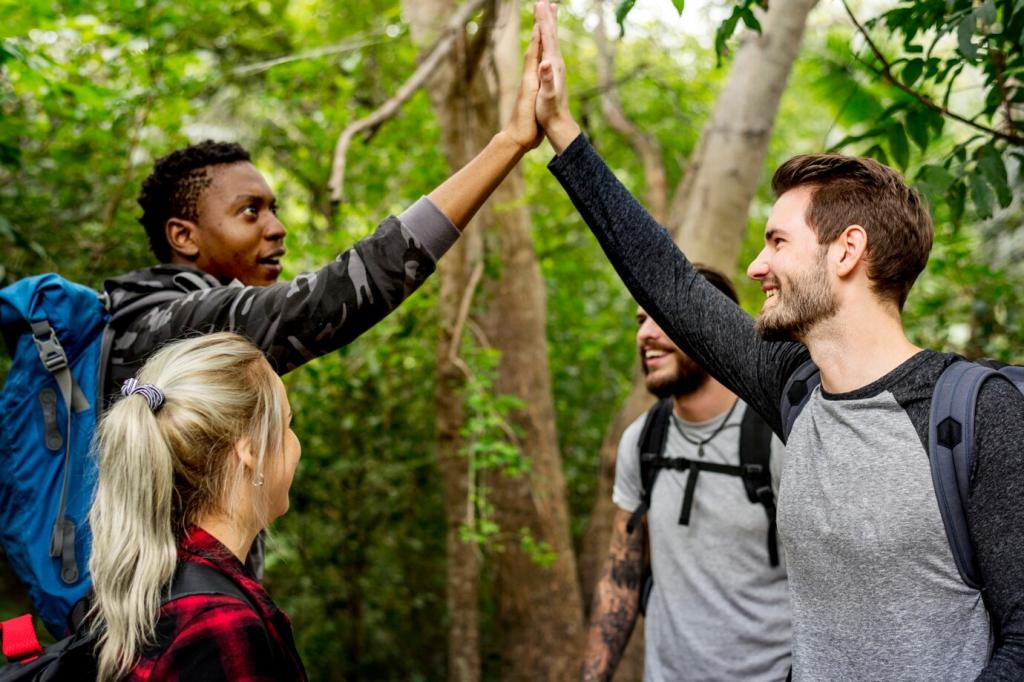
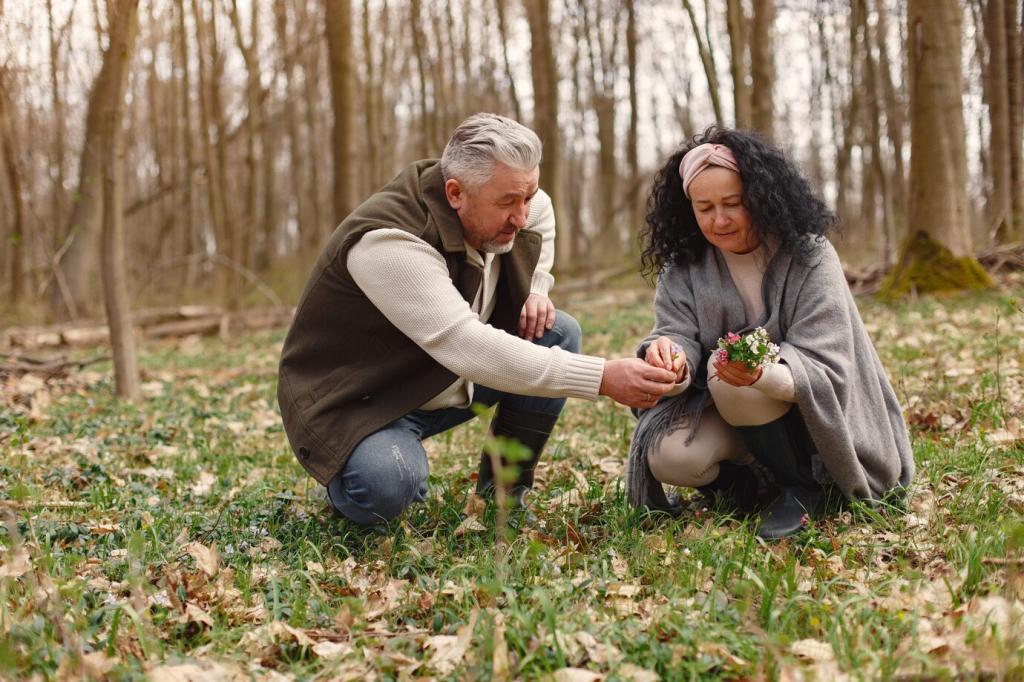
Inclusive Engagement Strategies
Provide transit support, loaner gear, snacks, and translation when needed. Schedule activities at varied times so more youth can join. Ask participants what would make the field feel welcoming. Comment with a barrier you removed recently so others can learn proven inclusion practices from your experience.
Inclusive Engagement Strategies
Connect biodiversity with local food traditions, storytelling, and community knowledge. Invite elders and cultural leaders to co-host walks and seed exchanges. Honor languages and names for species. Share a culturally rooted activity idea below, and we’ll feature it in our community-sourced activity bank.
Biodiversity in Classrooms and Campuses
Create pollinator patches, log piles, leaf-litter corners, and rain gardens. Track species presence through seasons, noting flowering times and visitors. Small patches teach profound lessons. Post your tiny habitat blueprint, and we’ll compile a gallery of schoolyard micro-habitats that others can replicate.
Biodiversity in Classrooms and Campuses
Blend biology with art, math, literature, and civics. Graph bird counts, paint native plants, write creek poems, and draft advocacy letters. Biodiversity becomes a thread across disciplines. Share your integrated lesson idea, and subscribe to receive cross-curricular project planners aligned with youth-led inquiry.

From Projects to Policy Influence
Translating Data into Stories
Numbers persuade when paired with human context. A graph of pollinator visits means more when linked to a student’s garden journal. Teach narrative framing that honors data accuracy and lived experience. Share your best data-to-story example for our upcoming youth advocacy showcase.
Public Speaking with Purpose
Prepare clear, respectful, time-bound presentations for school boards, park commissions, or councils. Practice with peers, anticipate questions, and bring concise handouts. Confidence grows through repetition. Subscribe for our printable advocacy checklist and a set of supportive slides for biodiversity briefings.
Coalitions and Continuity
Partner with watershed groups, native plant societies, and city staff to sustain projects beyond a single semester. Document roles, contacts, and seasonal tasks. Invite new cohorts early. Comment with a partner organization you trust so other youth groups can connect and strengthen local biodiversity networks.
